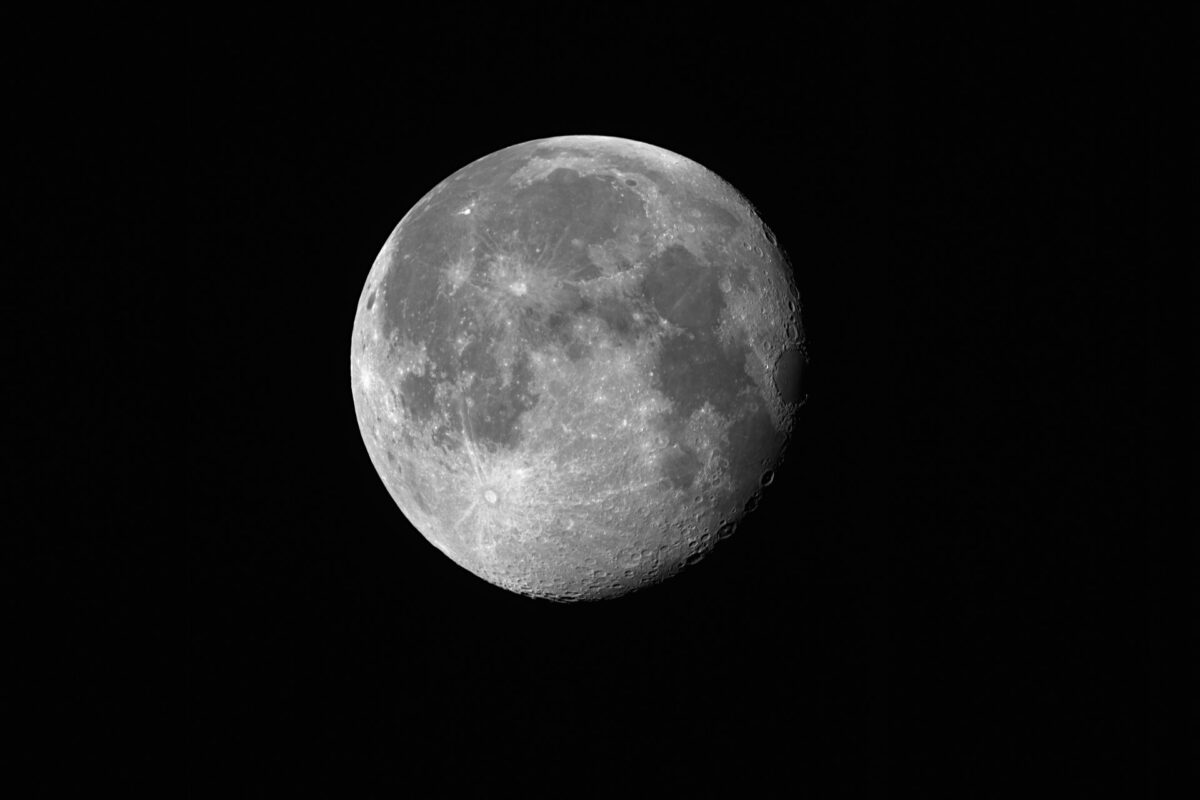The European Space Agency (ESA) has officially started its Moonlight program, which aims to build a satellite network around the Moon to improve communication and navigation services.
ESA announced the new Moonlight Lunar Communications and Navigation Services (LCNS) program on October 15, 2024. The program kicked off with a contract signing event at the 75th International Astronautical Congress (IAC) in Milan which takes place on October 14–18, 2024.
The Moonlight program will enable precise, autonomous landings and surface mobility, while facilitating high-speed, low-latency communication and data transfer between Earth and the Moon, ESA stated in a press release published on October 15, 2024.
Additionally, the Moonlight program addresses critical needs for future deep space exploration with space agencies and private companies planning around 400 lunar missions in the next 20 years.
“With these missions will come increased demand for communications and navigation services which can be provided by commercial entities,” said Dr Paul Bate, Chief Executive of the UK Space Agency. “The growth of a commercial lunar economy can bring real benefits back to Earth.”
Moonlight will have five satellites: four for navigation and one for communication. These satellites will connect to Earth through three special ground stations, creating a data network that covers up to 400,000 kilometers.
The satellites will be placed in key spots to monitor the Moon’s south pole. This area is important because it has “peaks of eternal light” that are suitable for solar power and “craters of eternal darkness” that hold polar ice, which can be a source of water, oxygen and rocket fuel, ESA said.
Moonlight will be rolled out in stages, starting with the Lunar Pathfinder, a satellite for communication, which is expected to start working in 2026. The first operations are set to begin by the end of 2028, with complete operations planned for 2030.

